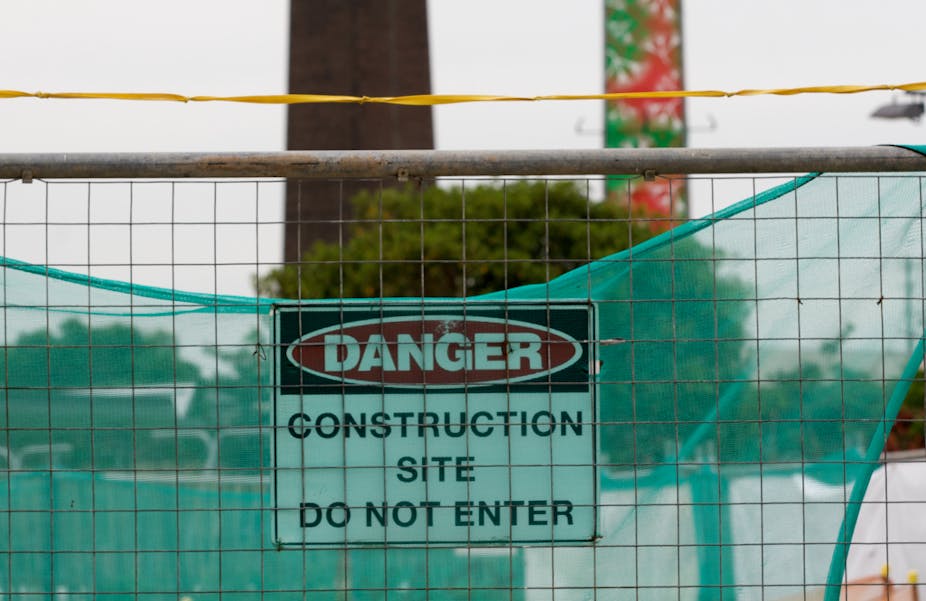The construction industry is a major part of the Australian economy. Construction sites are everywhere. Some of them are recognisable from kilometres away due to their impressive tower cranes.
You may stop and watch these enormous beasts tamed by a human operator sitting in a small cabin. However, construction sites are not always safe and these beasts are not always tamed.
While you hear about fatal incidents in the news all the time - shootings, fatal car accidents, knife attacks, construction work-related deaths are more rarely reported.
Here’s one incident recorded in the National Coronial Information System (NCIS) involving a mini excavator. Surely, you have seen these machines. Pretty handy, they can do anything in small scale. If your house required a landscaping job, you would probably need one of these.
“The operator was engaged in the removal of vegetation and the construction of a sand pad for building foundations using a mini excavator. At the time of the incident, he was undertaking final spreading, compacting and levelling of the sand pad. He switched off the engine with the bucket in the raised position, alighted from the cabin, stood in front of the bucket and began to undo the chains attaching a railway line to the bucket. In doing so he was working directly under the raised bucket. The bucket and boom fell, trapping him between the boom and body of the mini-excavator.”
As simple as that, one life was lost and a family devastated.

According to Safe Work Australia, 123 construction workers died and 13,640 were seriously injured because of work related causes from 2008-9 to 2010-11. This is on average 41 deaths and 4,546 injuries per year. A considerable proportion of these deaths were related to mobile plants.
This was the main motivation for me and RMIT colleagues Prof Helen Lingard and Tracy Cooke to investigate, 81 cases of plant related deaths in the Australian construction industry, using the NCIS.
The study found that in more than 50% of cases, the decedent was not the operator of the plant. Further, as expected, 79 out of 81 of them were male.
The number of cases peaked between 10.00 and 10.59 am, with nine cases (11.1%) occurring in this time frame. A further 13 cases (16.1%) occurred between three and five o’clock in the afternoon. These peaks coincide with the period immediately prior to the mid-morning break and end of the workday, suggesting that fatigue may be a causal issue.
Most of these people - 27 out of 81 - were run over by a construction plant while working on site. 23 of them were struck by a moving object and the rest were either in a plant overturning, electrocuted, fallen from plant, been crushed between mobile plant and another object, entangled or engulfed.
Although the immediate circumstances around the incidents are usually the focal points of investigations, these circumstances have underlying causes that if not properly addressed, the incidents would be inevitable. Causes such as site constraints (19 cases), inadequate supervision (18 cases), plant design (17 cases), safety culture (13 cases) and construction process design (13 cases).
We also found that the frequency of the incidents varied by the type of plant. The most frequent items of plant involved in these incidents were trucks and excavators/backhoes. Crane fatalities were also quite frequent accounting for 15 deaths.

The next time that you pass a construction site with these machines, be careful and keep a safe distance. These impressive and sophisticated human inventions can be deadly.
Moreover, plant operators and workers on site as well as managers, designers and client organisations must take safety very seriously.

